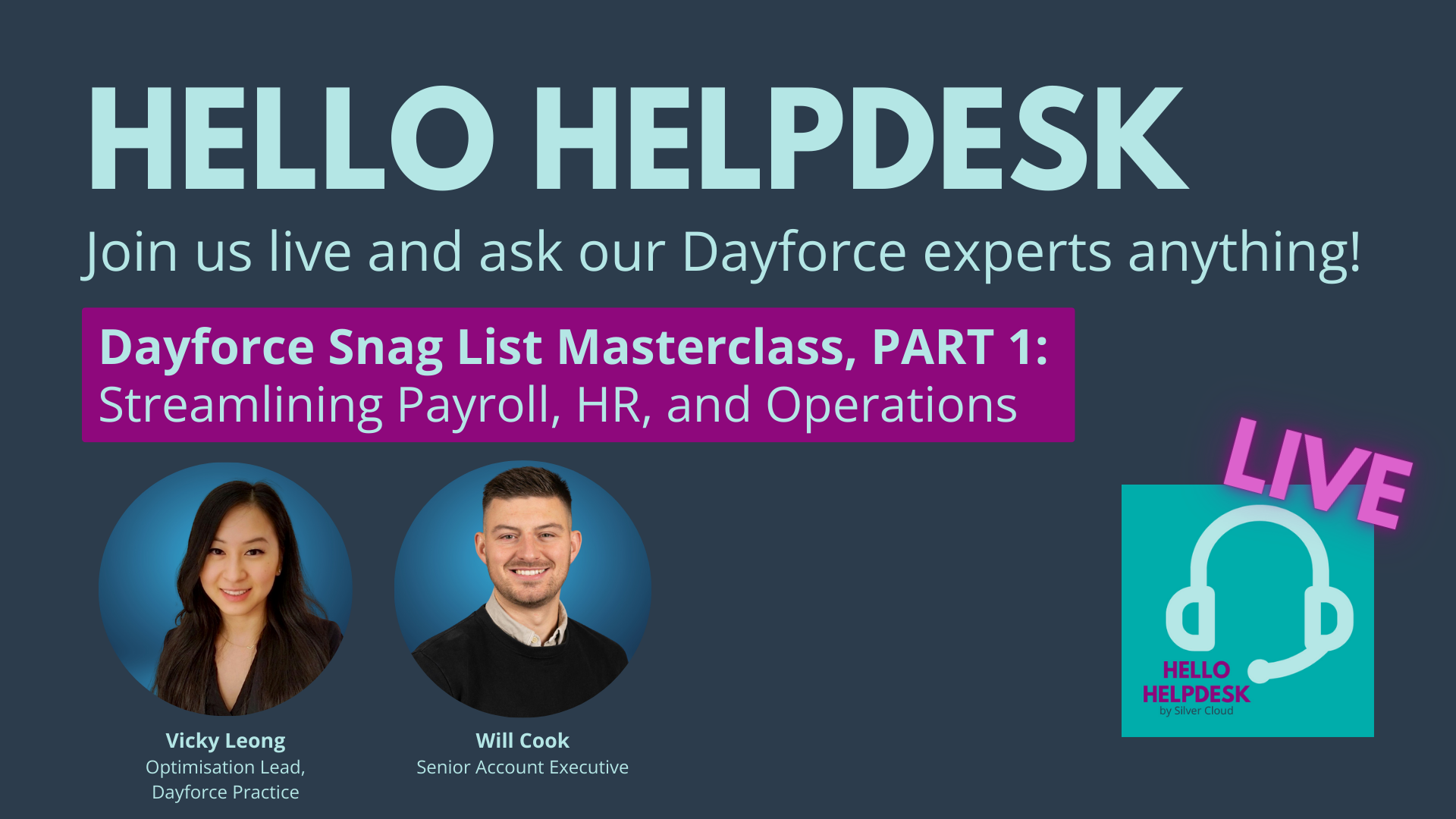Getting HRIS project ready - the stakeholders to keep in check | Stakeholder mapping | Silver Cloud HR
by Silver Cloud

Carefully managing your internal stakeholders during an HRIS implementation is much like a game of chess. It involves creative thinking, pattern recognition, patience, problem solving, and most importantly of all, second-guessing your opponent.
As an HRIS project manager, what type of disruptive employee personas do you need to be aware of? And how can you skilfully make good use of their traits to keep your project on track?
Let’s start by looking at the dynamics of the HRIS Implementation team. You’ll have a project sponsor – likely a CIO, CHRO or CEO – who has a vested interest in digitising HR. Reporting into the project sponsor is the project manager, who has the task of skilfully steering the project. They’ll have to carefully balance the views of HR, Payroll, Finance, IT, Operations, and general employees to keep the project on track.
The importance of stakeholder mapping
To maintain buy-in and project credibility, you’ll want to recognise which of the four following personas most accurately describes each stakeholder. This is not to pigeonhole people, but to discover how you can make sure their needs are met during the HRIS implementation.
Detractors: low involvement, negative attitude
We’re all creatures of habit, but some people really struggle with change. Detractors are those people who show a low interest and even apathy for the project. Perhaps because they do not want to engage with technology or fear their job will change. However, you can reduce the resistance by clearly highlighting the ‘what’s in it for me’ factor.
People are often negative when they don’t understand the purpose of a project. Connect your digital HR transformation to meaning. You might well understand the intricacies of the ‘cloud’, but few employees truly understand what it is and how it works.
Employees, especially detractors, must understand what it is they are being asked to support before you can attempt to move the needle of how they feel. Tell a story. Walk them through a day in the life of a typical employee who has access to all the features introduced by a new HRIS.
Take care to highlight the individual benefits and how it will make their working-life easier. Give them an aspiration they can identify with and aim towards.
Remember though, with an HRIS implementation it’s easy to miss issues. That’s why it is important to identify the detractors and listen to their concerns. Not only will they feel better engaged and listened-to, they’ll identify potential issues you might not have considered.
Spectators: low involvement, positive attitude
Spectators are cautiously positive. They can see the benefits of introducing new HR technology, but they’ll put off going live until all their niggles and hesitations have been resolved.
You’ll need to get them actively involved in the delivery of the project and consult with them.
Be realistic and build stakeholder checkpoints into your communications plan to show where specific issues have been identified and resolved. This will help ensure spectators make the jump from the side-line into a more participatory role.
Cynics: high involvement, negative attitude
Everyone loves a cynic, right? Wrong. We’ve all been railroaded by cynics at some point or another, but how do you work with someone actively looking at ways to undermine the project?
The best thing you can do is make sure they feel heard and that their views have been acknowledged. While you may not agree with every opinion or revision they put forward, you must acknowledge their concern and discover ways of lessening the issues so that they become allies. The extra effort you put in upfront will pay off later in the project.
Don’t be afraid to lean on the project sponsor for support either; often, the most cynical people sit on a company’s C-suite and will need persuading by a peer.
In some cases - and as a last resort - you’ll have to recognise them as a ‘lost cause’ to the project.
Players: high involvement, positive attitude
High energy and positively in favour of your HRIS implementation are the ‘players’. Keen to influence change, they’ll speak-up in favour of the project and keep attention on it.
By far the most positive stakeholder, other employees are likely to respect and identify with them, so make them change agents.
Giving them a proactive role can be hugely beneficial, but you need to clearly identify what is expected of them in their role.
Give them goals, targets and due dates they need to meet to keep the project on track. But do be clear on when they should consult with you as the project manager.
TIP! You can use this more detailed Stakeholder Mapping Template to plot where your stakeholders are at the start of a project, and where you need them to be:

Writing a stakeholder communications plan
Once you’ve mapped out who’s who – and remember that mindsets can change – you’ll need to formalise a process for managing stakeholder communications. Your communication planning should outline:
- Each stakeholder’s details
- The frequency at which you will liaise with them
- Their preferred delivery of communication
- Notes regarding stakeholder concerns and preferences
While you’ll eventually know this information by heart, it’s invaluable to share with the project sponsor, HR and payroll stakeholders heavily invested in the project.
Give your project the best shot at success
A successful HRIS implementation depends on communicating a company-wide vision. Identifying and empowering stakeholders is about understanding who has influence and who can sponsor the required change.
Securing buy-in starts with a robust knowledge of what each person can add to the project and what they stand to gain from it.




